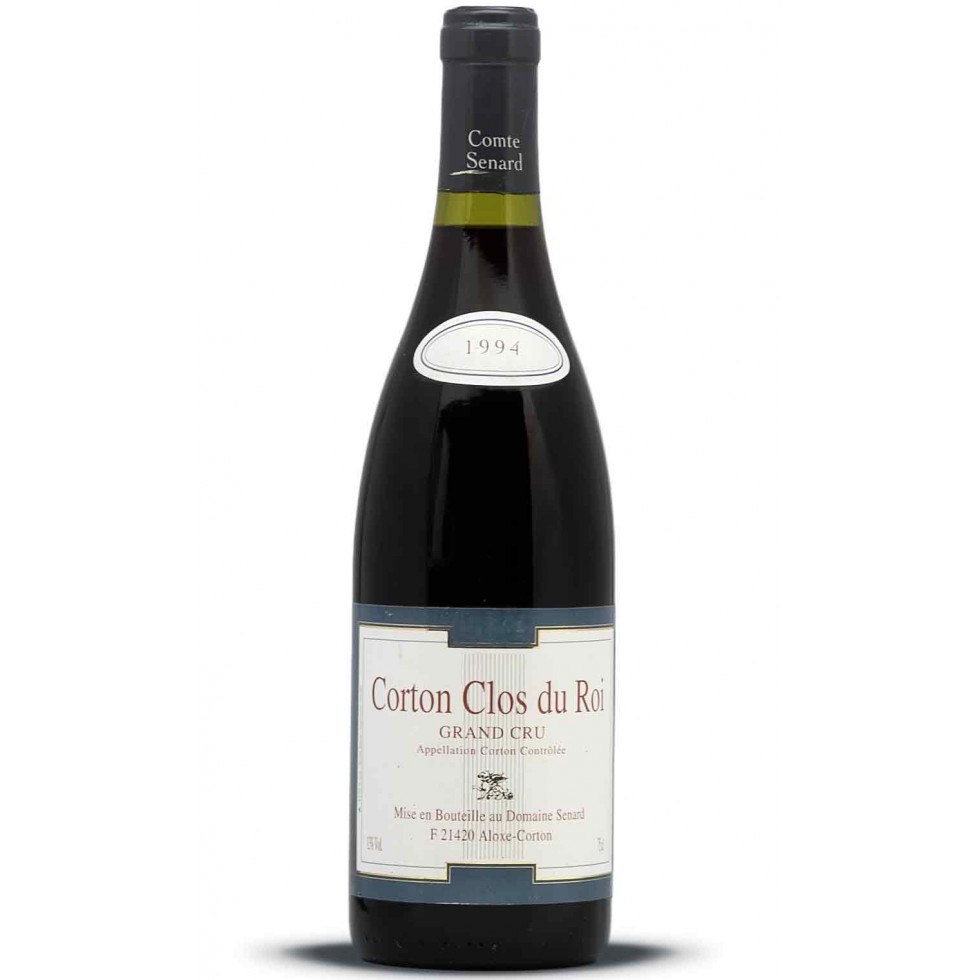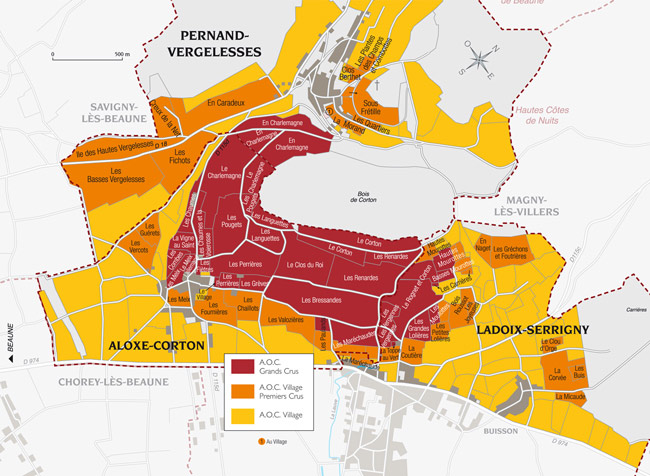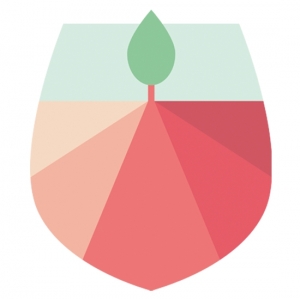appellation
Corton
Wine Characteristics
The extensive area covered by this appellation Grand Cru and the large number of different Climats it contains explain the observable differences in character among the wines grown here. The rare whites (grown mainly in the Climats of Vergennes and Languettes) have a keeping potential of 4-10 years. Colour: pale gold with green highlights. Mineral aromas (flint) blend with butter, baked apple, bracken, cinnamon and honey. Elegant and highly-bred, supple and well rounded, this unusual Chardonnay has much in common with Corton-Charlemagne. The Corton reds are an intense velvety crimson, darkening towards magenta. Their generous aromatic expression is of fruit notes (blueberry, gooseberry, kirsch cherry) or flowers (violet), evolving towards underbrush, animal, leather, fur, pepper and liquorice. On the palate this wine is well-built, powerful and muscular and the chewy body comes to the fore. Firm, frank and fat, it requires time (4-12 years) to reach its peak.
Wine Steward’s Tip
Red: solid and opulent, Corton is a Bourgogne’s iconic - highly complex, impressively mouth-filling in a way that is at once sensual and structured.
For this reason, strong soft-centred cheeses and blue cheeses are needed to tame it. But, without question, its closest companions are highlyflavoured meats that match its powerful flavours and intense aromas.
Indeed this wine is sublime with roast or grilled beef, or any and all game (furred or feathered) roasted, braised or - naturally - in sauce.
Serving temperature: 14 to 16°C.
White: white Corton is a natural match for shellfish, fish, poultry in cream sauce, and goat’s cheese.
Serving temperature: 12 to 14°C.
Situation
The Hill of Corton lies in the midst of a cluster of famous wine-growing villages - Ladoix-Serrigny, Aloxe-Corton, Pernand-Vergelesses and Savigny-lès-Beaune - with, to the North, the southern end of the Côte de Nuits where vineyards mingle with stone quarries (Comblanchien limestone). The vineyards lie at heights of 250-330 metres and form a kind of amphitheatre not found elsewhere in the Côte. The Hill of Corton produces white Corton-Charlemagne and (mainly) red Corton, described by Camille Rodier as “le roi des bons-vivants” (or “the king of the bon vivants”). Corton Grand Cru received its AOC status on 31 July, 1937. A small quantity of white wine is grown but only the reds have the right to add the name of their Climat to that of the appellation.
Terroirs
Exposure is South-East/South-West (not an arrangement frequently found in the Côte). The hillside offers a text-book cut-away illustration of the local geology. The Oxfordian Jurassic limestone lying between Ladoix and Meursault is younger (145 million years) here than elsewhere along the Côte. At mid-slope the gradient is gentle and the soil reddish and pebbly, derived from brown limestone and rich deposits of marl with high potassium content. The Pinot Noir grape is pampered here. The Chardonnay grape (which gives us the Corton- Charlemagne) occupies the top of the slope (See Appellation sheets No. 31).
Source : https://www.bourgogne-wines.com





